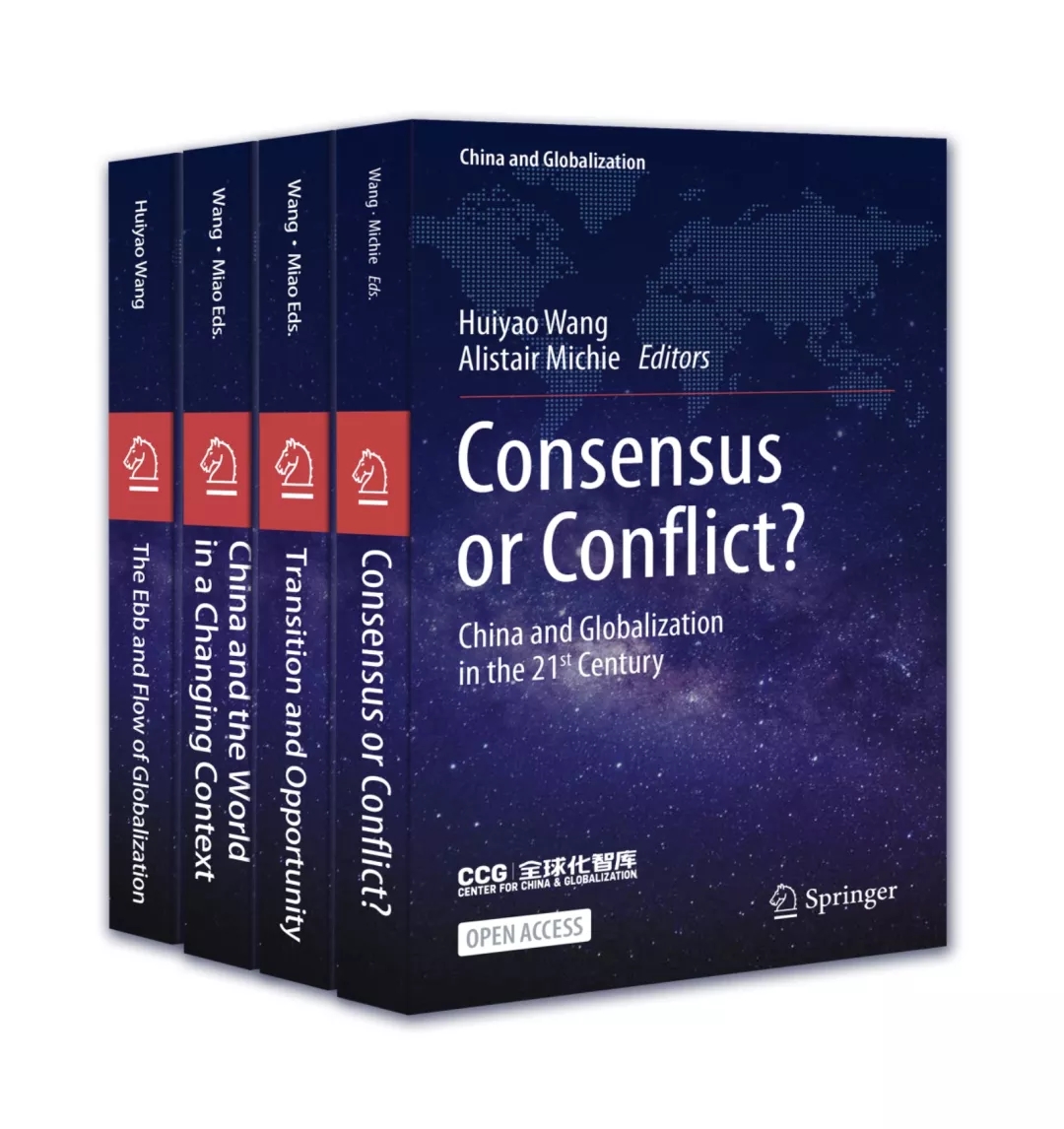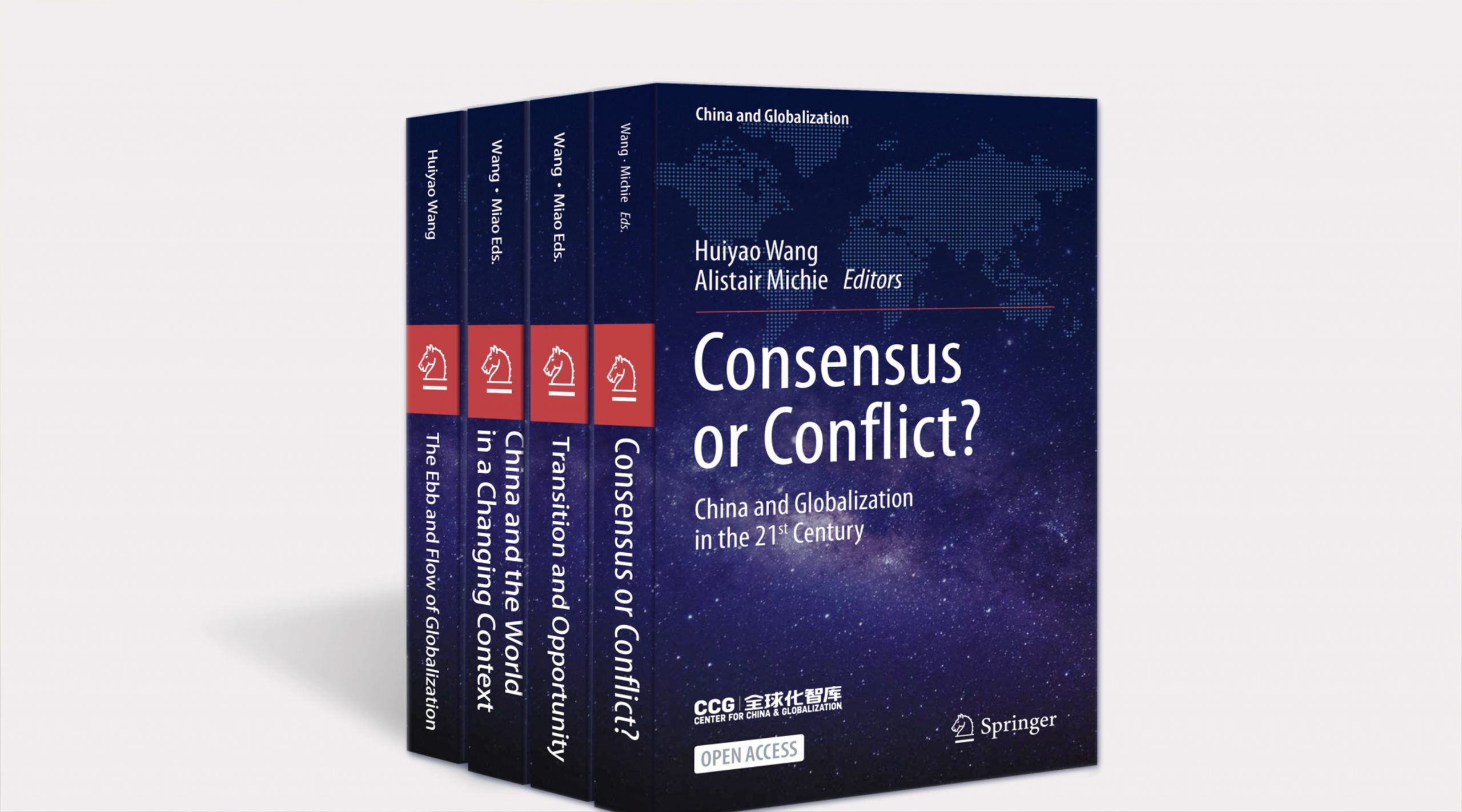China’s peaceful rise is not a threat but an opportunity

The Asian 21st Century
Author: Kishore Mahbubani
Published in January, 2022
ISBN: 978-981-16-6813-5
Publisher: Springer Nature Publishing Group

Series Editors: Huiyao Wang Lu Miao
Publisher: Springer Nature Publishing Group
Download the ebook at Springer:
https://link.springer.com/book/10.1007/978-981-16-6811-1
Kishore Mahbubani is a veteran diplomat and student of philosophy and has published nine books. He is currently a Distinguished Fellow at the Asia Research Institute, National University of Singapore. Mahbubani is also a former President of the UN Security Council (Jan 2001, May 2002) and the Founding Dean of the Lee Kuan Yew School of Public Policy (2004-2017). Mahbubani writes and speaks prolifically on the rise of Asia, geopolitics and global governance. His nine books and articles in the New York Times, Washington Post, Financial Times and Foreign Affairs have earned him global recognition as “the muse of the Asian century.” He was inducted into the American Academy of Arts and Sciences in 2019.
China is the second largest economy in the world. Many predict that within about 15 years, China’s economy will surpass America’s and become the largest in the world. Along with this trend, China’s geopolitical influence has been gradually expanding. While China’s rise has been peaceful, it has caused major concern in the West. This is mainly due to the considerable influence China is having on how a new world order may be shaped.
Is China a threat or an opportunity for the largest superpower America? The author points out that China doesn’t intend to weaken or undermine America and has no plan to invade or occupy America. While America’s geopolitical influence has been receding, China’s geopolitical influence has been gradually expanding. But even if China’s influence has grown, it has no desire to step into America’s shoes. Nor does China intend to overthrow the rules-based order led by the US.
China’s emergence as a great power has prompted many fears that it will start to become aggressive and militaristic, as European powers have acted this way historically. The truth is, of the five permanent members of the UN Security Council, only one has not fought a war in 40 years; China. In contrast to China, in the last three decades, America has fought a war or been involved in military actions every year. In the 25 years after the end of the Cold War, America increased its military interventions sharply and used its armed forces 152 times, or 6.1 times per year.
It’s also true that Chinese diplomacy has become assertive with the younger “wolf Warrior” diplomats issuing sharper statements and rebuttals. Yet, they are only shooting off sharp words, not bullets.
The author writes that China has only one key strategic goal: to become strong enough to prevent another century of humiliation, the period between 1842 and 1949 when Western forces trampled on China with great abandon.
Nevertheless, the US has launched a geopolitical competition against China.
The US decision to launch a geopolitical contest against China was driven by a few major structural forces. Firstly, as Harvard Professor Graham Allison has observed, such a geopolitical contest inevitably breaks out when the No. 2 power (today China) becomes stronger relative to the No.1 power (today the US). Secondly, the US resents the growing international influence of China, through initiatives like AIIB and the Belt and Road Initiative. Thirdly, Washington expected that “US power and hegemony could readily mold China to United States’ liking.” The US is disappointed that this expectation (even if misplaced) didn’t happen. In addition, the Western psyche has long had a fear of the “yellow peril.” As a result of such structural forces, there is bipartisan support in the US for the current US policy of launching a contest against China.
From the author’s perspective, most Western portrayals of China’s emergence as a great power lack balance. They tend to highlight negative dimensions of China’s rise but omit the positive dimensions. The fact is, in contrast to the Western perception: China’s rise means great opportunity not only to the US and the West, but also to the world. In the past 30 years, the median income of the American worker has not improved: between 1979 and 2013, median hourly wages rose just 6%—less than 0.2 percent per year. It’s China’s cheaply manufactured goods that enabled Americans and Europeans to maintain their standard of living. China also supported developing countries in Africa and other continents to achieve development and infrastructure establishment.
Whether America gives priority to geopolitical primacy or to its citizens in taking on the challenge from China will decide its strategies toward China, in the author’s view.
If the US focuses its efforts on improving the well-being of its people and dealing with climate change, many areas of competition can be avoided, like the trade wars. However, if the US focuses on primacy, the US competition with China will step up in many areas, resulting in many actions like blocking Huawei from selling its 5G technology and resisting Chinese initiatives, like the Belt and Road Initiative.
The author believes that America’s attempts to build a new anti-China alliance will fail. The biggest problem with the “Quad” is that the big strategic game in Asia isn’t military but economic. The countries that make up the Quad are far too diverse in their economic interests and historical vulnerabilities to make it a tenable long-term alliance. Over time, the different economic interests and historical vulnerabilities of the four countries will make the rationale for the Quad less and less tenable. Here’s one leading indicator: No other Asian country—not even the staunchest US ally, South Korea—is rushing to join the Quad. The future of Asia will be written in four letters, RCEP, and not the four letters in Quad.
In fact, the other 191 countries in the world don’t want to be forced to choose to be with either the US or China. For the elites who run these 191 countries, they have to decide at the end of the day which country, the US or China, will improve their citizens’ living conditions. Most countries want to maintain good ties with both powers.
The author affirms that the new Cold War against China will not reach the expected results. America needs to develop its own long-term economic strategy to match that of China, and the best country that the United States could work within formulating such a long-term economic strategy might well be China.





